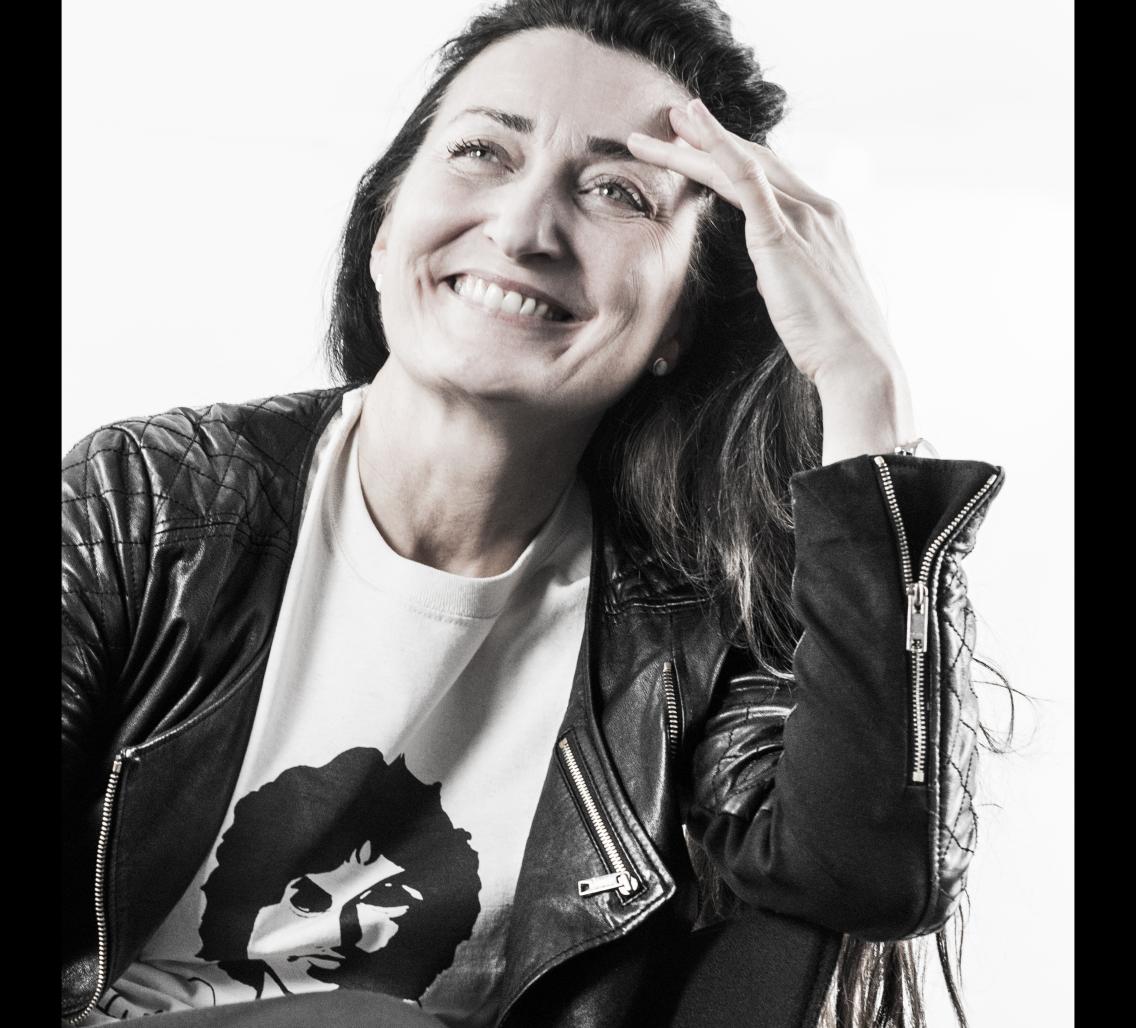Event Details:

May-Britt Moser
Professor/Director
Centre for Neural Computation, Kavli Institute for Systems Neuroscience
Norwegian University of Science and Technology
Abstract
The hippocampus of the mammalian cortex is involved in episodic memory and spatial navigation. This brain structure is linked to the rest of the cortex through the entorhinal cortex. In this lecture, I will explore functional properties of neurons and neural networks in the entorhinal cortex. I will show that entorhinal cortex contains several specialized neurons involved in mapping of self-motion, self-location and object location and representation of the animal´s trajectory during navigation. The findings suggest that entorhinal cortex provides the hippocampus with information about location in a navigational setting in order to form episodic memories.
Bio
Professor May-Britt Moser, Director of the Centre for Neural Computation and Scientific Co-Director for the Kavli Institute for Systems Neuroscience at the Norwegian University of Science and Technology (NTNU) in Trondheim. Her vision is to understand how neural circuits give rise to cognitive functions. Her lab, which she runs together with her long term-collaborator, Edvard Moser made several discoveries of functional cells in the entorhinal cortex, starting with grid cells, speed cells, object-vector cells followed. Recently, they described mechanisms for representation of episodic time in entorhinal cortex. Thus, the entorhinal cortex might be a hub for the brain network enabling us to find our way and facilitate episodic memories. The network was also found to show adult-like properties from very early age in rodents, pointing to a possible innate basis for spatial coding by the brain. Moser’s PhD is from the University of Oslo under the supervision of Dr. Per Andersen. Among the numerous awards for her work, she was awarded the Nobel Prize in Physiology or Medicine together with Edvard Moser and John O’Keefe in 2014.